Navigating Through Dense Fog: A Guide for Drivers
Navigating through dense fog can be a challenging and stressful experience for any driver. Whether you’re commuting to work or embarking on a road trip, encountering low visibility due to fog can cause anxiety and increase the risk of accidents on the road. However, with the right knowledge and techniques, you can safely navigate through even the thickest of fogs. In this guide, we will provide you with essential tips and strategies for driving in dense fog. By following these guidelines, you’ll be able to stay safe on the road and arrive at your destination without incident. So, let’s dive in and learn how to navigate through the dense fog like a pro!
Keep Your Headlights On—Always
To safely navigate through the fog while driving, it is important to prioritize visibility, not only for yourself but for other drivers on the road as well. One effective way to achieve this is by turning on your headlights, regardless of the time of day. Headlights not only help improve your own visibility but also ensure that drivers behind you can see your brake lights. However, it is important to avoid using high-beam lights, as this can create glare and make it more difficult to see what lies ahead on the road, especially in dense fog.
To safely navigate through the fog while driving, it is important to prioritize visibility, not only for yourself but for other drivers on the road as well
According to the National Weather Service, low-beam headlights are the best option in these conditions, and if your vehicle has them, using fog lights can also be helpful. By following these simple guidelines, you can increase your chances of safely arriving at your destination when driving through fog.
Keep Moving Or Pull Over
When driving through dense fog, it can be tempting to bring your vehicle to a halt when visibility becomes too limited. However, this can be a dangerous decision, as other cars approaching from behind may not realize you have stopped until it is too late. Instead, if the fog becomes too dense, it is recommended that you find a safe place to pull over, outside of the flow of traffic. Ideally, a public place where you can wait out the fog would be the best option.
However, if this is not possible, be sure to turn off your lights once you are off the road. According to J.D. Power, leaving your lights on may cause other drivers to mistake you for being in a travel lane, which could result in a collision. By following these precautions, you can help ensure the safety of yourself and other drivers on the road in foggy conditions.
Maintain A Safe Speed
Driving through fog can cause objects in front of you to become visible later than usual. To address this, it is crucial to reduce your speed and increase the distance between yourself and other vehicles on the road, according to the driver’s education platform, Driving-Tests. This will give you more time to react in case of sudden changes or obstacles.
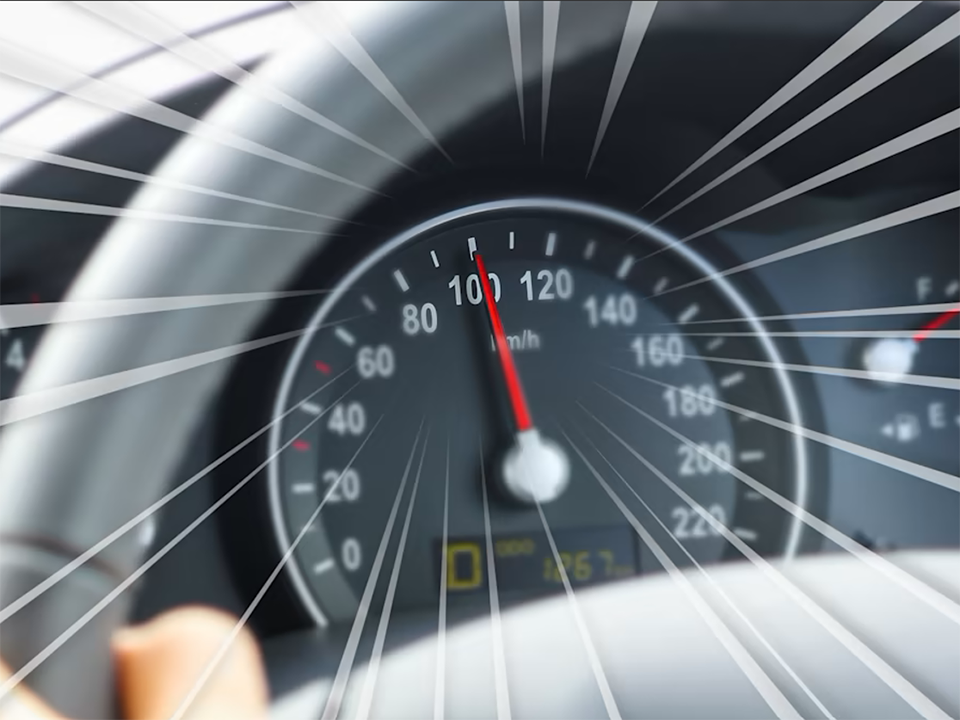
Additionally, it is important to keep a close eye on your speedometer. While it may feel like you are driving slowly, resist the urge to speed up, and instead rely on the numbers displayed on your dashboard to determine your speed. Trusting your instincts or eyesight may lead to unsafe driving practices in low-visibility conditions. By being cautious and following these tips, you can help ensure your safety and the safety of others while driving in fog.
Use Right-side Line Pavement Marker As A Guide
When driving in fog, anything that can improve your visibility is essential. According to J.D. Power, the white line painted on the right side of the road can be a useful guide in low-visibility conditions. However, it is important to avoid using the center pavement lines to guide your vehicle, as this could increase the risk of colliding with oncoming cars.
If you are struggling to see other cars on the road, it is likely that they are having difficulty seeing you as well. In such cases, it is best to exercise caution and maintain a safe distance from other vehicles. By using the right visual cues and taking extra precautions, you can reduce the risks associated with driving in foggy conditions.
Keep Your Windshield And Windows Clear
When driving in foggy conditions, it is important to make use of your windshield wipers and defrosters to improve your visibility. Fog can cause moisture to build up on your windshield, further obstructing your view of the road. According to I Drive Safely, turning on your defroster to a warm-to-hot setting can help dry out the moisture and clear your windshield. Additionally, using your windshield wipers can help keep the glass clear and improve your visibility.
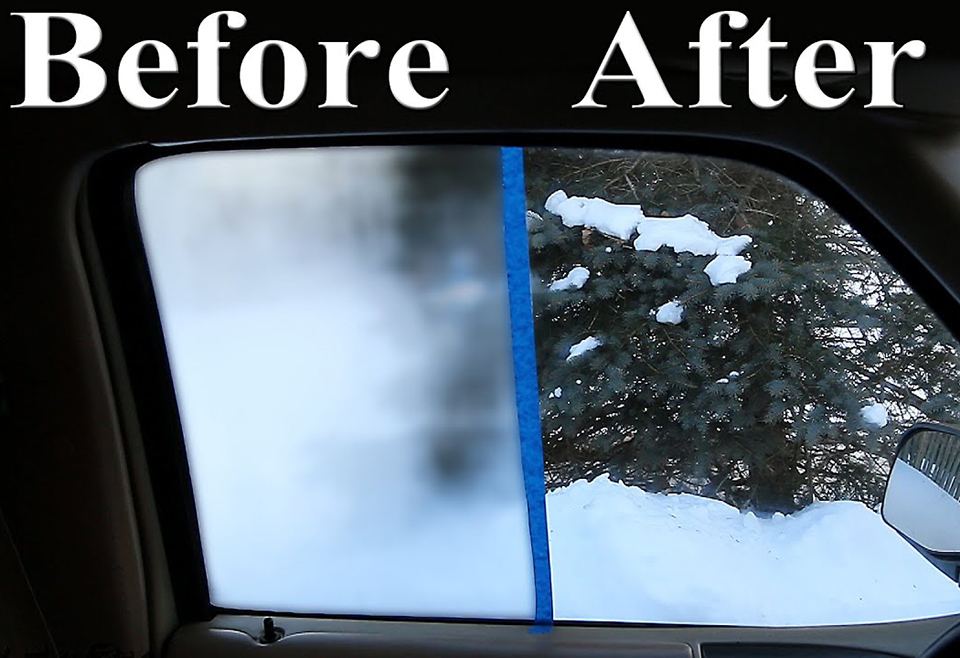
While it is best to avoid driving in foggy conditions altogether, sometimes it may be necessary. If you do need to drive in fog, it is essential to maintain a moderate speed and be respectful of other drivers on the road. It is also important to avoid using high beams, as this can create glare and make it more difficult to see. By incorporating good driving habits and taking extra precautions, you can help ensure a safe journey even in low-visibility conditions.
More following to other related posts:
See more:
Hope the above article helped you understand more about Navigating Through Dense Fog: A Guide for Drivers. Please leave your comments below the comment section. Feel free to contact us for more information!

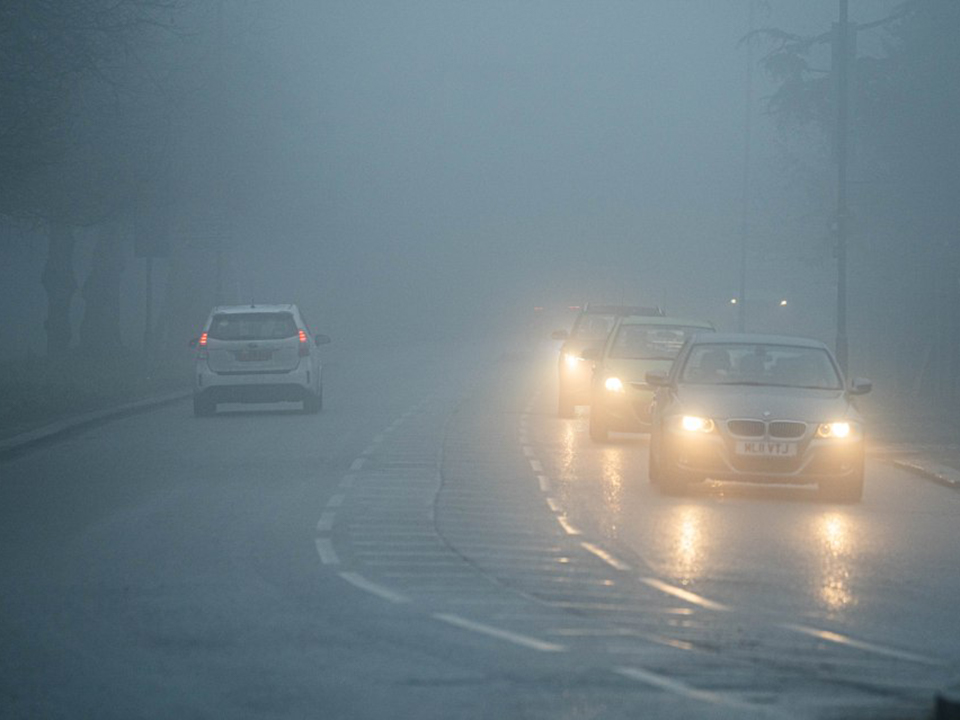

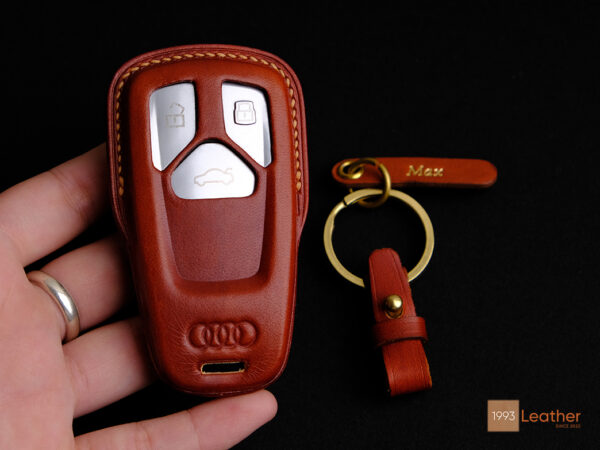

 How to use Volkswagen Remote Start key – Step-by-Step Guide
How to use Volkswagen Remote Start key – Step-by-Step Guide How to Connect Volkswagen with Android Auto – Completely Guide
How to Connect Volkswagen with Android Auto – Completely Guide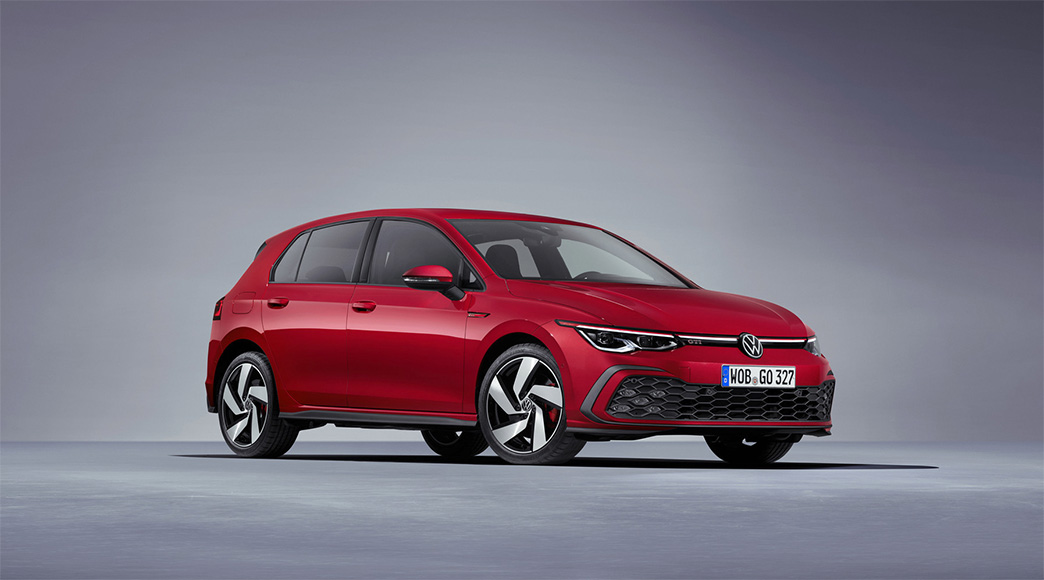 How to Connect Apple CarPlay with Volkswagen – Full Guide for iPhone Users
How to Connect Apple CarPlay with Volkswagen – Full Guide for iPhone Users Pairing Bluetooth with Volkswagen – A Simple Guide
Pairing Bluetooth with Volkswagen – A Simple Guide How to Recall Chevrolet Memory Seats in Settings – Advanced Tips
How to Recall Chevrolet Memory Seats in Settings – Advanced Tips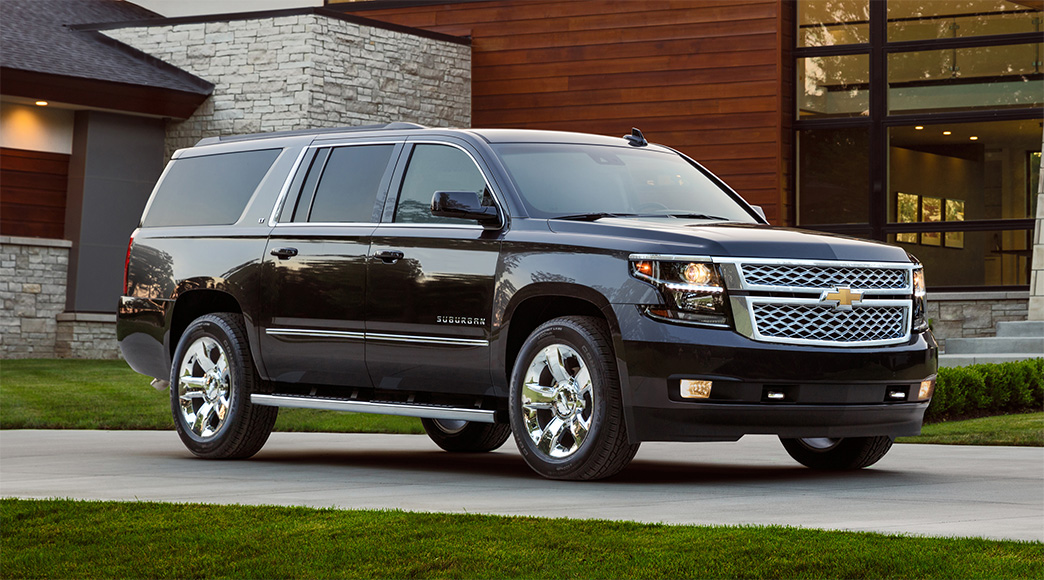 Chevrolet Automatic Climate Control – What It Does & How to Use It
Chevrolet Automatic Climate Control – What It Does & How to Use It


